We hope you, as a business or homeowner, find our information helpful. If you have a question, use the contact link to email R.C. White.
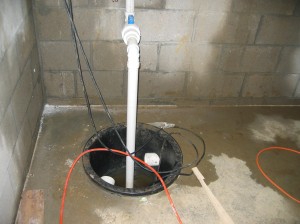
What are the best ways to prevent a flood? BACKFLOW VALVES If your property is particularly vulnerable to a sewer backup, install a backflow valve on the home’s main waste drain pipe. During a flood event, waste water can surcharge back into the home. The backflow valve has a flapper valve that swings shut from the pressure of a suspected surcharge preventing sewer water from spouting out of toilets and showers. These are installed by professionals. Contact RC White for more info. SUMP PUMP The most common flood preventer is a sump pump that manages storm water from entering your home. When a basement is below the water table, a sump pump pit is needed to gather storm water so it can be pumped outside the home. When water reaches a certain level in the sump pump pit, the device is triggered to start pumping. Homeowner’s can also install alarms on the sump pump that sound if the pump stops working. Some models will send a text message to mobile phones alerting homeowners of the malfunction. Many floods that occur in homes…
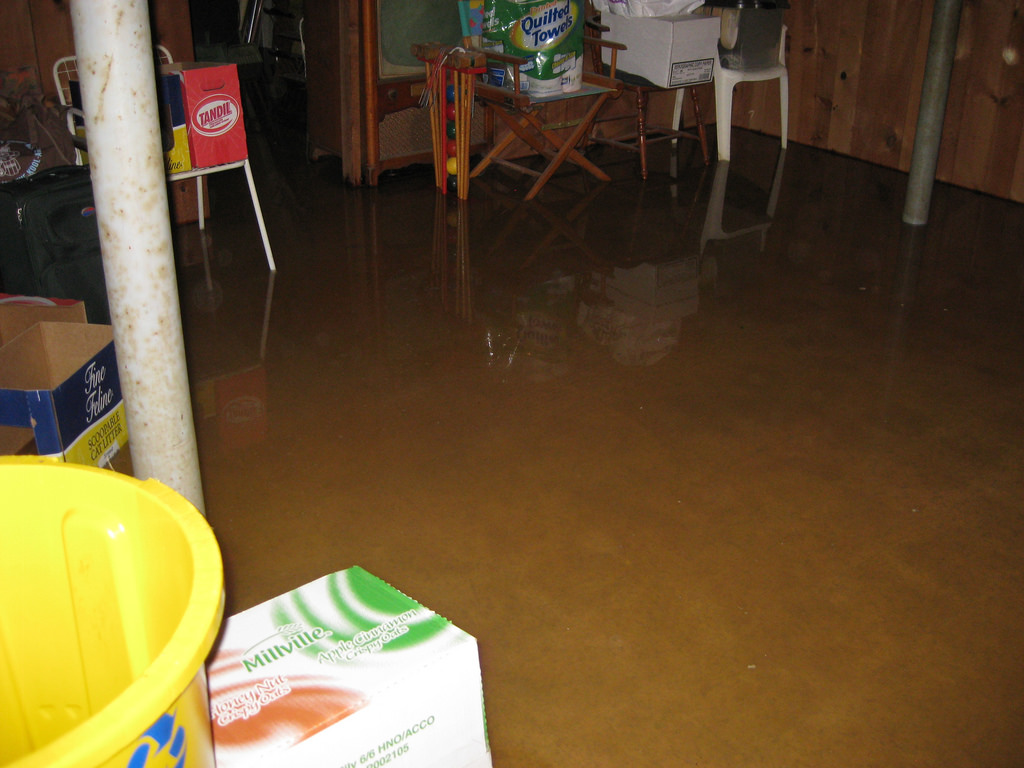
How can RC White help after flood water is gone? After the flood water is gone, it’s time to clean up and prepare. SANITIZE Once the area is dry, it’s time to disinfect. Homeowners don’t have to use anything too toxic. Any general cleaner that kills bacteria, germs and viruses will suffice. Clean all surfaces, the floor, walls, appliances that survived and any boxes or furniture that was sitting in flood waters that you are keeping. We can advise you on what you can do and what you should leave up to the professionals. PREVENT MOULD GROWTH For additional peace of mind and safety to prevent mould growth, once the affected area is dry from the disinfection process, RC White can use an anti-mould product on surfaces like Concrobrium to discourage bacteria from flourishing. (http://www.concrobium.com/products/concrobium-mold-control/) REBUILD Going through a flood is a life-altering experience. It can cost a homeowner money and emotion to cope with the ordeal. During the rebuilding process as new drywall is being installed, homeowners…
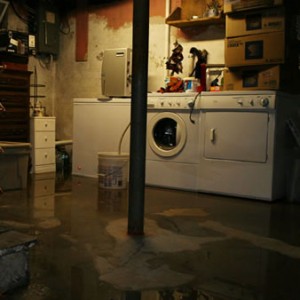
What do I do if there is water in my basement? ALL WATER IS BAD It doesn’t matter how much water you have in your basement, it all needs to be taken seriously. It may be one inch or six inches, it’s all bad. All moisture, whether it is a slight dampness or obvious puddles, can cause hidden hazards – like mould – to fester down the road. PUMP IT OUT! Getting rid of the water should be a top priority. A motorized sump pump and hose can do the trick if a professional is unavailable and you have a safe source of electricity or a generator. Sump pumps can be rented at some hardware stores. A wet vacuum is handy during small spills. Mops, towels and buckets are a manual backup and can be used if nothing mechanical is available. Don’t dump the water down your drain unless you are sure there is no sanitary or storm sewer backup in your neighbourhood. Otherwise, dump buckets on the front lawn or a permeable surface that will drain into a storm sewer on the road rather than back into your house. Otherwise, call in the experts to remove…
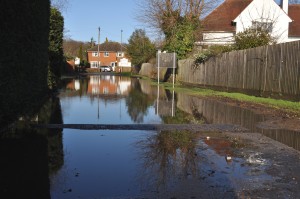
How do I prepare in the event of a flood? Water may be a necessity for life, but it can become a homeowner’s biggest headache. Cleaning up after a flood in the home can be a massive undertaking. It doesn’t matter what created the flood, whether it be a sewer backup from an excessive rain storm or a burst frozen pipe, water damage needs to be addressed immediately or it can cause catastrophic problems from mould and other interior environmental hazards. Essex County residents know that periodic, rare flooding has become a more frequent occurrence in the past few years with more intense storms wrecking havoc on the region’s plumbing. Just because you haven’t had a flood doesn’t mean you’ll never have one. Over the past three years, devastating storms have damaged thousands of homes in Windsor, Amherstburg, Tecumseh, Essex, LaSalle, Lakeshore and Leamington. Many of the recent flood victims, who have lived in their homes 30 years, are new to flood cleanup. The best way to handle a flood is to prepare a checklist with…
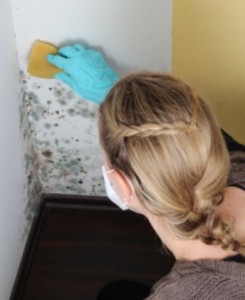
How do I remove small amounts of mould myself? To clean a small area, such as window frames or wall surfaces measuring no more than 10 square feet or 3 square metres: wear household rubber gloves (not vinyl but the type used for dishwashing); wear a mask rated N95, which is capable of filtering fine particles and available at home improvement stores; wear safety glasses, even if you wear eyeglasses; use an unscented detergent and water or a mould-control product sold as home-improvement stores; rinse the area well with a clean, wet rag; allow to dry completely. Is bleach an effective DIY mould removal method? Bleach has been used for years as a home remedy for mould but it actually has many disadvantages, and indeed some dangers. The fumes themselves are an irritant and a particular hazard to anyone with respiratory concerns. When mixed with other cleansers, for example, bleach and other chemicals such as ammonia can combine to produce a toxic gas. And bleach only works on non-porous surfaces making it ineffective…
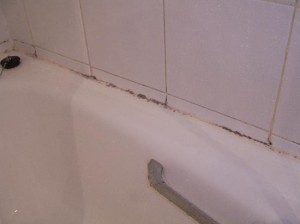
What do I do if I find mould growing in my house? The amount of mould you find and your degree of comfort in dealing with the problem will determine your response. First, the situation that allowed the spores to grow has to be eliminated. If you clean up the mould but don’t repair the fundamental problem, the mould will simply return. Bathrooms are a common place to find mould in the home. Who should then remove the mould is best determined by the severity of the problem. Small amounts of mould in window corners and crevices, or on drywall and tiles, may be tackled by homeowners using the right techniques. The Canadian Mortgage and Housing Association (CMHC) suggests you can clean small areas of mould yourself using an unscented detergent and water; chemicals such as bleach and fungicides are not recommended. Here are some other recommendations from the EACO, the Environmental Abatement Council of Ontario: You should wear a filtration mask on your face, and consider disposable dust-impervious coveralls, both of which can be found…
